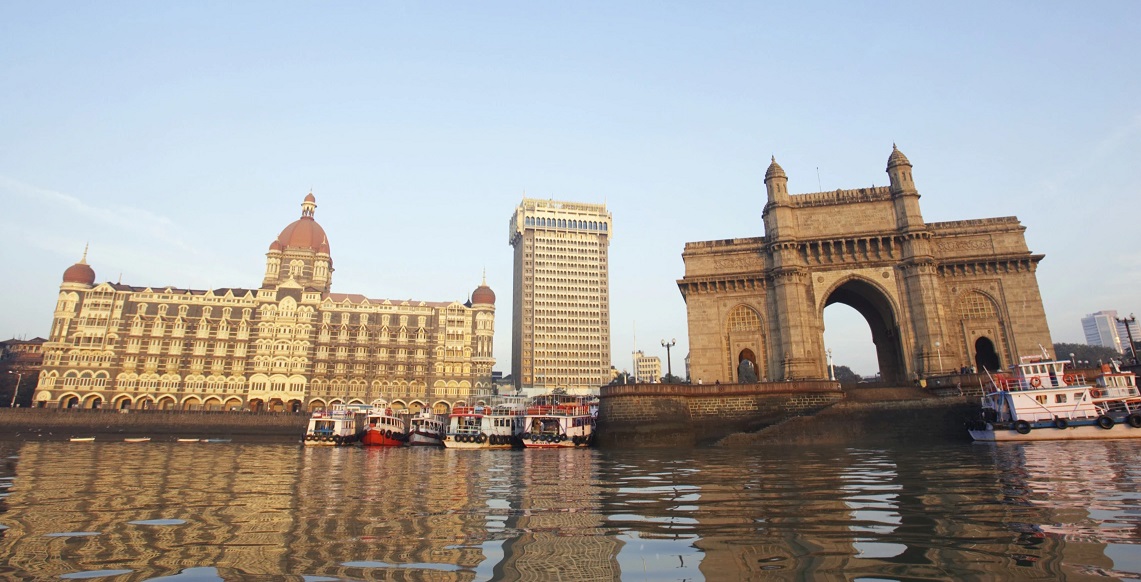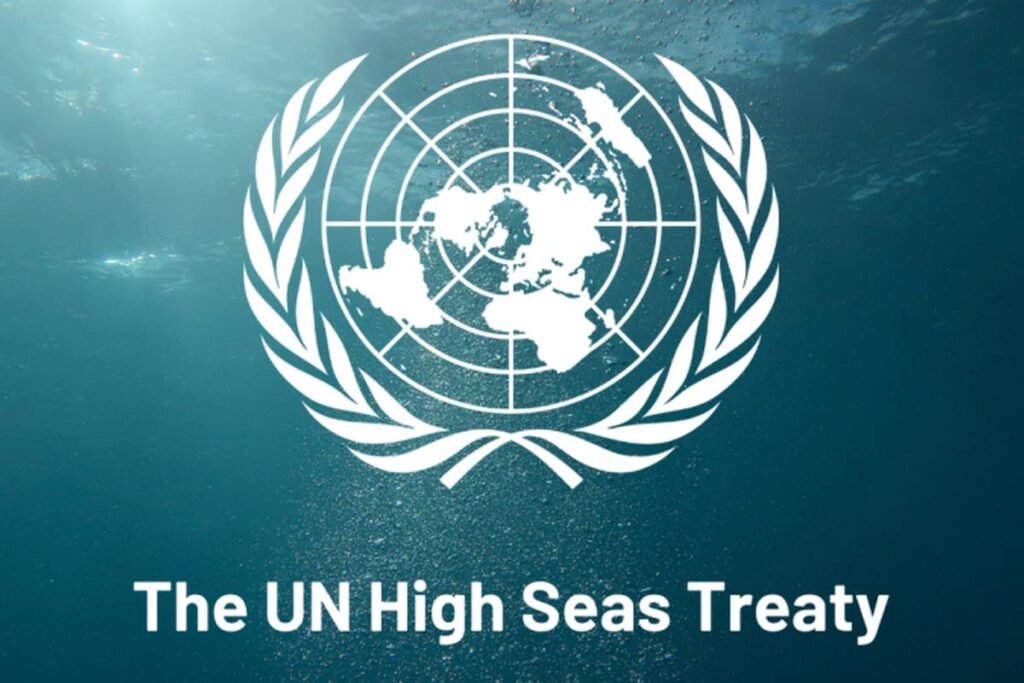The changing nature of the environment has posed a lot many challenges for the human race already and amongst them is the issue of the Rising Sea Level which turns to be slowly becoming what seemed like the problem of a distant future into an existing immediate threat in order to see that minimum damage or harm of its effects are caused to the people across the globe, the world community has come together to initiate several measures both preventive and proactive in nature.
However, the scenario for various coastal regions and low-lying areas in and around the world does not seem to favour them when it comes to facing the agony of nature. With the upsurge in various natural calamities and the loss suffered as a consequence of them, the human race is feeling nothing but helpless. This paper tries to focus mainly on how the coastlines of India are getting affected by the escalations in the volumes of the oceans and the seas and how far can India as a country sail its ship in order to safeguard the interests of its citizens.
Introduction
As the world keeps growing and changing, so does the nature of the challenges it faces. Among various major and threat-posing issues, the one that needs our immediate and significant attention is the issue of Climate Change. Lady Bird Johnson has very rightly stated that if there is one single thing where we all meet, share and have mutual interest, then it is the environment. The issue of Climate Change is interfering with this very environment of ours which is not only home to all of us humans but also the very foundation of our existence.
The problems which could be caused by the misbalances in the nature of the environment have already started to be felt by humans and the planet and the ones to be blamed for the same are none other than the humans themselves. The various activities carried out by humans are posing threat to their own existence. The planet earth has grown immensely since the time of human existence but its history of it in terms of climate change and environmental impacts has not been very good. The levels of Sea water have risen drastically throughout Human history and its existence on the planet earth.
The existing state of the environment has generated problems leading to more problems with time and gradually the scenario is worsening. The rise in Sea levels has led to numerous big and small problems and among many of them, exists the issue of migration. The statistics demonstrating the impacts both occurring and to be expected due to the sea level rise depict a very worrisome picture. The future effects of the Sea Level Rise are likely to cause major effects which, however, also has been already started to be felt and the Indian Coastal.
The way climate change is escalating, its effects are only getting extended with the span of time. When the entire world can experience the repercussions of it, the coastal areas and the people residing there are especially facing and suffering due to the ramifications caused by it. The existing threats like Typhoons, hurricanes, saltwater inundation, drought, major variations and discrepancies in the rise and fall of both temperature and rainfall are being augmented while creating big hindrances for the food, water and energy as well as health security of the human well-being.
With newly developing threats and impacts of Climate change every day, the coastal areas are only getting more and more vulnerable. As the oceans and seas of the world rise millimetre by millimetre, humans are struggling to handle the consequences of what nature is trying to pose.
Understanding the Core Issue
There are not one but multiple factors that are augmenting the expanding ocean volumes and rising sea levels. Evidently, the phenomenon of Sea Level Rise has an anthropogenic existence and cannot be considered a contemporary problem for the planet. Climate Change has always been considered one of the major critical as well as seminal causes of Sea Level Rise. Global warming which again is one major aspect relating to Climate Change is resulting in the sea level rise. Additionally, as the temperature increases causing the water of the oceans and the seas to rise, the same causes expansion in the volume of the ocean.
The melting of Greenland as well as the Antarctic Ice Caps along with the thermal expansion of the ocean and also the inflow into the seas from the melting of the glaciers and ice sheets on land are acting as contributing factors to the Sea Level to rise. Among many causes, burning fossil fuels, releases carbon dioxide and other heat-trapping gases into the atmosphere, causing global warming and ultimately the rise in the water levels of the oceans and the seas.
With the issue of the Sea Level Rise escalating, we are only going to be facing more and more trouble as no solution is capable enough to face the consequences of nature’s agony therefore, when we talk about the issues of Climate Change and Sea Level Rise, we need to have the measures that not only sounds good or feels good but also are actually impactful and effective at the ground level implementation and can bear some fruitful results by bringing them into practice. Since the coastal areas would be the most endangered areas getting affected by the surge in the levels of the sea, careful monitoring is required to ensure minimum suffering of the people, wildlife and eco-system in the coastal areas and also to be prepared as much as possible for the consequences.
The Coastal regions and areas around are already exposed to a comparatively higher risk than the mainland given the kind of nature and characteristics that they possess. The Coastal areas of any region both at the regional and national level require to be taken care of delicately and with regular, systematic and accurate monitoring. The increasing difficulties resulting from Climate Change are only adding to this need of being actively prepared for the unknown. With the increasing risks of the consequences, it becomes inevitable to consider the complex interactions of humans and the ecosystem while coming up with any policy measure or ideas to fight the repercussions of the Sea Level Rise.
An Indian Perspective on the Problem
India being a geographically gifted Maritime Nation becomes naturally prone to the expected ramifications of the Change in the climate as well as the upsurge in sea levels. With the developing nature of the economy and the increasing population, it becomes not only necessary but also important for it to have some significant nature of preparedness when it comes to dealing with the ill effects of the escalating ocean volumes.
Since the consequences of Climate Change are far-reaching and almost every region in the world in getting affected by it in one way or the other, India is no exception. With its coastline stretching almost 7500 km long, India is in the position to become a Maritime Power on one hand and getting sunk under the depths of the water on the other. With nine Coastal States and four Union Territories located and situated around the sea shores, India as a Nation carries a bigger responsibility to look after the localities and the eco-system that might be getting affected by the complications and troubles caused by the rise in the sea levels.
While the waterfront on the eastern coastline of the country edging the Bay of Bengal is highly susceptible to heavy cyclones, the imperturbable Arabian Sea on the Western shorelines has got heated up enough to experience four cyclones in over the century and all of these facts and figures are creating a picture of dismay for what the country’s future looks like in terms of the ecosystem and environment in and around the oceans.
India, being a Maritime Nation for ages now, there is a large percentage of the population that depends on the trade and transactions taking place at the sea and on the shorelines. With the issues of the rise in the water levels at sea escalating, the state of vulnerability for these communities as well as the mainland-based communities’ dependent on the trade and transactions at sea be it, directly or indirectly is also getting affected.
Moreover, with the levels of the average sea level rise being different in various regions, policy adoption and resource allocation at the national level become a task for the drafters of the policies and the law. The erosion at the coastlines and the upsurge in the volumes of the water are simultaneously creating hurdles for India amongst other things and if something can help the country to combat the current and upcoming challenges, then it is to make some immediate efforts.
Potential Threat – Statistics
Even though the rise in the levels and volumes of water in the oceans and the seas are not a recent and contemporary phenomenon, the statistics of the Sea Level Rise for India during the recent decades have drawn a lot of attention for the reasons that they are contemplated to be creating the troublesome scenario for the smooth existence of the people of India residing around the shorelines and the Coastal areas.
As claimed by the report of the Intergovernmental Panel on Climate Change (IPCC) of the United Nations, the Global Mean Sea Level (GMSL) upsurge was 1.4mm every year during the span of 1901 to 1990 which escalated to 2.1mm per year during the span of years from 1970 to 2015 and this rise especially increased to 3.2 mm every year during the span of years from 1993 and 2015 and then escalating to 3.6mm every year during the span of the years between 2006 and 2015. These statistics clearly suggest how the time ahead is not only tense but also dire for the country and with this consistency of the increase in the water levels, the low-lying areas along with the Coastal regions can experience extreme sea levels by the end of a few upcoming decades. All this calls for major and impactful action plans to curb the anticipated and unfavourable outcomes.
Certain Coastal cities of the country like Mumbai, Kolkata and Chennai are prone to the most risk that would be caused due to the upsurge of the water levels given their geographic locations. Moreover, the issues of people migrating and relocating would be creating even more difficulties for policymakers, engineers and almost professionals from all fields in terms of resources and many more basic requirements and their scarcity which might be caused in the future.
With Coastal erosion in India being significantly high between the span years from 1990 to 2016, it lost almost approximately 235 square kilometres of land. This resulted in jeopardizing the livelihoods of the people along with their safe abode. Only with the intervention of the government, the displaced people were migrated to safer places. As per the data available from the Internal Displacement Monitoring Centre, almost about 3.6 million Indians have been displaced between the span of years from 2008 and 2018, the sole reason being flooding due to the monsoon rains.
Way Ahead
With the explicitly attention-seeking existing scenario for the country, making potent and efficacious manoeuvres becomes inevitable. Being a nation maritime with a crucial geographic positioning, it is going to be critical for India to actually combat the resulting consequences and repercussions from the change in climate as well as the rise in the volumes of the seas and the oceans.
While formulating the policies and enacting the laws are not easy tasks in themselves, catering to the needs of the coastal commonalities, the interests of the public at large, marine ecosystem and wildlife and all the ancillary aspects of them makes the task of handling the issue even more strenuous.
However, since every little effort takes us closer to success, we can definitely try putting in endeavours in order to limit the expected unfavourable consequences and so the following measures or suggestive steps could be undertaken:
- Institutional Framework
With a systematic institutional framework working on the policy matters and well-allocated coastal zones based on the areas of the country, can make it easier to come up with area-specific policies for the affected regions and can also help in easing the strategy-based plans approach.
- Co-ordination, Cooperation and Alliance
By bringing the diversified agencies working with the same motive of protecting the environment or the coastal areas and coastal communities together, the overall working and functional mechanisms can be strengthened thereby creating a strapping utilitarian structural foundation that results in an optimum and most conducive outcome. With various agencies, organizations and stakeholders coming together, it will accelerate the resulting and favourable denouement.
- Being Resilient to Climate Change with Awareness Programmes
The layman and the common people must be educated more through various campaigns, seminars and programmes and the public at large must be made to participate in the efforts of combating the changes in the climate. Additionally, the suggestions provided by the general public must be inculcated and included in the policies designed as and when they are found to be effective and substantial. Public participation can act as a very efficient tool while combating the issue at hand as that would result in an effective implementation at the grass root level.
- Sustainability
With sustainability being one of most the crucial aspect of handling climate change, it becomes inexorable to take some mitigating and adaptive measures in order to have a sustainable present and future for the country. With increased awareness and targets set by the world community as part of various SDGs, the incorporation of these goals in the regional policies and their implementation at the grass root levels will definitely result in the expected success.
- Exclusive Resource Allocation
When the country has already started taking steps and allocating specialised funds for this aspect by introducing the National Adaptation Fund for Climate Change (NAFCC), it becomes necessary to monitor their implementation periodically and also utilise the funds in a way so as to gain the optimum utilisation with minimum cost bearing. The resources shall also be used for the migration and relocation of the people victimized and affected by the calamities and to provide them with temporary or permanent shelters with the basic amenities at hand.
- Learning from the Bests
Comparing, scrutinizing and adapting to the measures of what the nations of the world are doing in their policies, can help India understand better where it lacks and what could be the best step for it to adopt in various given situations. The policies, institutional frameworks, reports and enactments of the countries around the world must be studied and the best commendatory steps must be adopted at the national and regional levels by the country.
- Research is the Key!
By inspiring the public at large to engage in research be it small-scale or large scale while also encouraging the individuals already engaged in the research tasks to carry out timely research and studies in terms of the environment by observing, examining and scrutinizing different areas and aspects affecting the environment can help us in getting regular updates about where we lack and where we stand strong. Fully-fledged research will help us get timely solutions to combat any problem at hand and can also help us foresee something that could be combated with preventive measures.
Disclaimer: The views and opinions expressed by the author do not necessarily reflect the views of the Government of India and Defence Research and Studies.
Title image courtesy: Expedia








